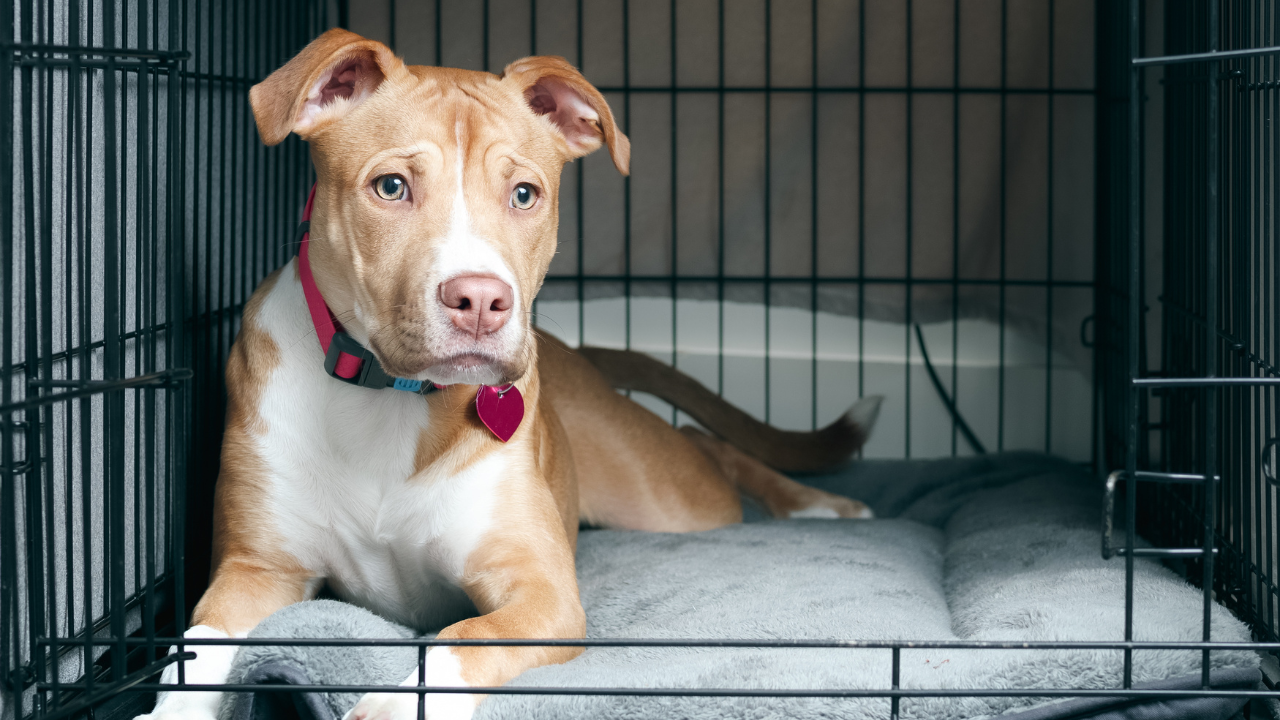Table of Contents
ToggleEssential Tips for Potty Training Your Rescue Dog – USA – (2024) | Take a Look Now!
Bringing a rescue dog into your home is a rewarding experience, but it often comes with unique challenges, particularly when it comes to potty training.
Whether you’re dealing with an adult dog who never learned proper house manners or a puppy still learning the basics, this guide will provide you with essential tips to successfully potty train your rescue dog in 2024.
Understanding Your Rescue Dog's Background
Before diving into potty training techniques, it’s crucial to understand that rescue dogs often come with varied backgrounds and experiences.
Some may have never lived in a home environment, while others might have developed bad habits due to neglect or inconsistent training.
Recognizing this will help you approach the training process with patience and empathy.
Assessing Your Dog's Current Skills
Start by observing your new companion’s behavior. Does your rescue dog show any signs of previous training?
Are they signaling when they need to go out, or are accidents frequent and seemingly random?
This initial assessment will give you a baseline to work from and help you tailor your approach.
Setting Up for Success
Creating an environment conducive to successful potty training is key. Here are some steps to get started:
Establish a Routine
Dogs thrive on routine, and this is especially true for rescue dogs who may have experienced instability in the past.
Set regular times for feeding, walks, and potty breaks. Consistency is crucial in helping your dog understand when and where they should relieve themselves.
Choose a Designated Potty Area
Select a specific spot in your yard or on your regular walk route as the designated potty area.
Always lead your dog to this spot during potty breaks. The familiar scent will encourage them to use this area consistently.
Use Positive Reinforcement
Positive reinforcement is a powerful tool in dog training. When your rescue dog successfully eliminates in the designated area, offer immediate praise and treats.
This positive association will encourage them to repeat the behavior.
Effective Training Techniques
Now that you’ve set the stage for success, let’s explore some effective potty training techniques:
The Frequent Outing Method
In the early stages of training, take your dog out frequently – ideally every 1-2 hours during the day.
This method helps prevent accidents by giving your dog ample opportunity to relieve themselves in the appropriate place.
Crate Training
Crate training can be an effective tool in potty training, especially for dogs who haven’t lived indoors before.
Dogs naturally avoid soiling their sleeping areas, so a properly sized crate can help reinforce bladder and bowel control.
However, it’s crucial to introduce the crate gradually and positively, ensuring it’s a safe and comfortable space for your dog.
Watch for Signs
Learn to recognize your dog’s pre-potty behavior. Common signs include sniffing, circling, or becoming restless.
When you notice these signs, immediately take your dog to the designated potty area.
Dealing with Accidents
Accidents are an inevitable part of the potty training process, especially with rescue dogs who may have ingrained habits. Here’s how to handle them:
Clean Thoroughly
If your dog has an accident indoors, clean the area thoroughly with an enzymatic cleaner designed to eliminate pet odors.
This helps prevent your dog from being drawn back to the same spot by lingering scents.
Avoid Punishment
Never punish your dog for accidents. This can create fear and anxiety around elimination, potentially making the problem worse.
Instead, if you catch your dog in the act, calmly interrupt them and immediately take them to the designated potty area.
Overcoming Common Challenges
Rescue dogs may present unique challenges during potty training. Here are some common issues and how to address them:
Marking Behavior
Some rescue dogs, particularly males, may engage in marking behavior indoors.
This can be addressed through a combination of consistent training, positive reinforcement, and in some cases, the use of belly bands until the behavior is under control.
Anxiety-Related Issues
Rescue dogs may experience anxiety in their new environment, which can lead to potty accidents.
Creating a calm, predictable routine and providing a safe space can help alleviate this anxiety over time.
Regression
Don’t be discouraged if your rescue dog seems to regress in their training. This is common and often temporary.
Stay consistent with your training approach and consider if any changes in the household might be causing stress.
Advanced Training Tips
Once your rescue dog has grasped the basics of potty training, you can introduce more advanced concepts:
Bell Training
Teaching your dog to ring a bell when they need to go out can be an effective communication tool.
Hang a bell by the door and encourage your dog to touch it before each potty break, rewarding them when they do.
Extending Time Between Potty Breaks
Gradually increase the time between potty breaks as your dog shows consistent success.
This helps build their bladder control and adapts the schedule to a more manageable routine for your household.
Maintaining Long-Term Success
Consistency is key to long-term potty training success. Even after your rescue dog seems fully trained, maintain a regular schedule and continue to praise them for going in the right place. This reinforces good habits and prevents backsliding.
Conclusion
Potty training a rescue dog requires patience, consistency, and understanding.
By following these essential tips and tailoring them to your dog’s specific needs, you can help your new family member adjust to their forever home and develop good potty habits.
Remember, every dog is unique, and progress may take time. Celebrate small victories and stay committed to the process.
For those looking for additional support in training their rescue dog, consider exploring comprehensive training programs like “BrainTrainingforDogs.“
This program offers a wealth of information on various aspects of dog training, including potty training, and can be a valuable resource for new and experienced dog owners alike.
With dedication and the right approach, you and your rescue dog can overcome potty training challenges and build a strong, positive relationship based on trust and understanding.
Braintraining4dogs
9.5
TOTAL SCORE
Brain Training For Dogs
BrainTrainingforDogs offers a comprehensive, accessible approach to dog training. It emphasizes positive methods and mental stimulation.
PROS
- Comprehensive training approach
- Accessible online format
- Likely uses positive reinforcement methods
- Structured curriculum for easy following
- Focuses on mental stimulation
CONS
- Cost may be prohibitive for some
- May lack personalization for individual dogs
Frequently Asked Questions
Yes, the techniques are adaptable for various breeds and temperaments.
Results vary, but many owners report improvements within 2-4 weeks of consistent training.
Minimal equipment required. Basic items like treats and toys are usually sufficient.
The program covers common behavior problems, but severe issues may require professional help.
The program likely includes some form of support, but check the specific offerings for details.
Yes, but be patient as rescue dogs may need extra time to adjust and learn.
Check the current policy on the official website for the most up-to-date information.
It’s more flexible and often more affordable, but lacks personalized, hands-on guidance.










